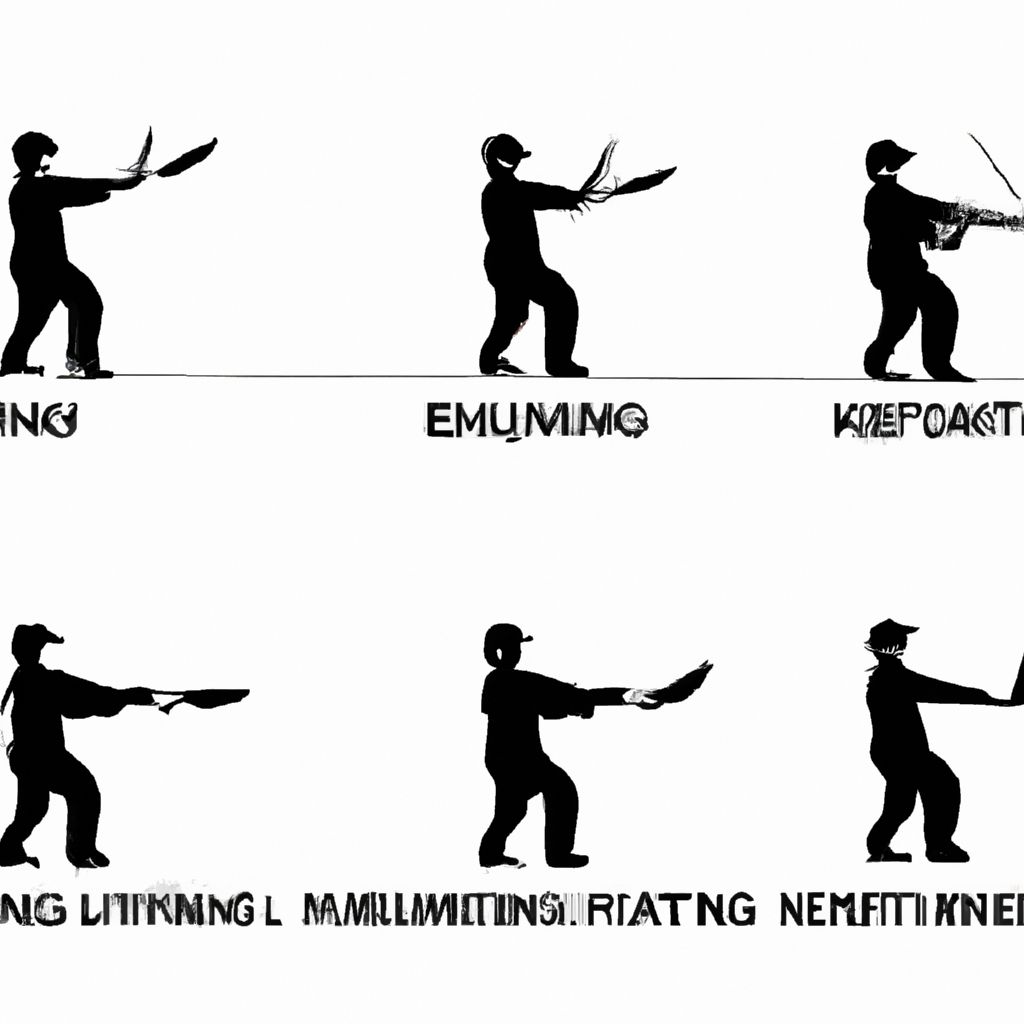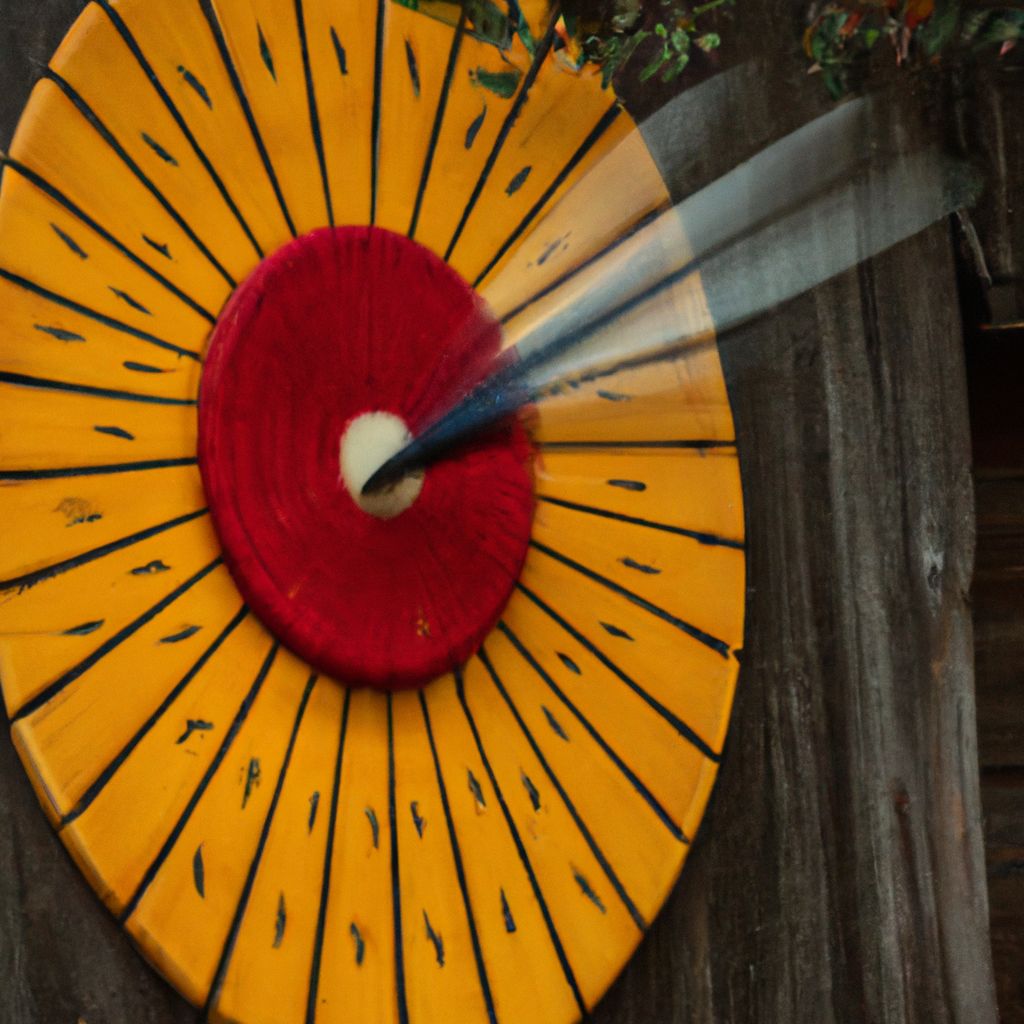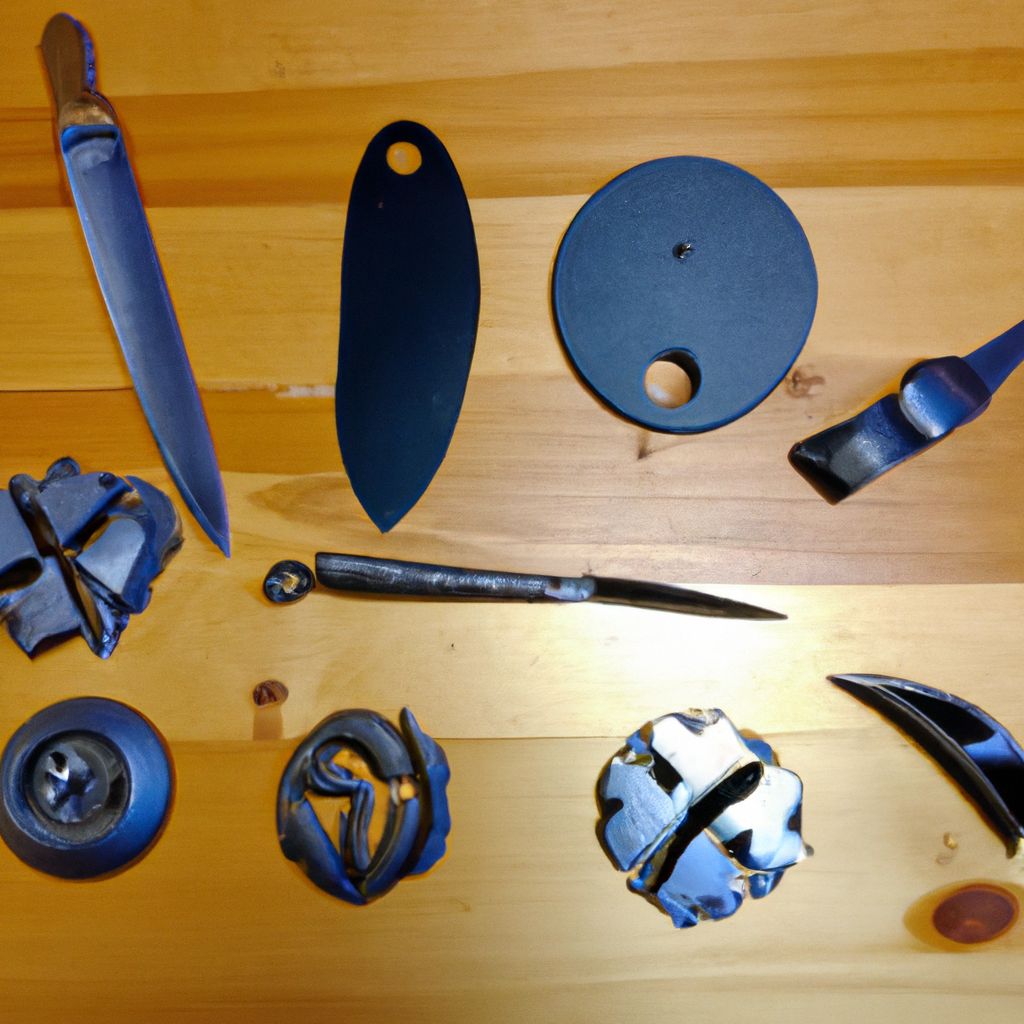- Introduction to Knife Throwing
- Understanding the Basics: Knives and Techniques
- Safety Measures in Knife Throwing
- Training and Exercises for Knife Throwing
- Common Mistakes and How to Avoid Them
- Joining a Knife Throwing Community
- Conclusion: Taking Knife Throwing to the Next Level
Introduction to Knife Throwing

Knife throwing, as a sport and recreational activity, can be traced back to prehistoric times when early human beings used thrown knives as hunting tools. As societies developed and evolved, knife throwing evolved into a martial art practiced by warriors and soldiers, and eventually into a sport enjoyed by enthusiasts worldwide.
As a testament to the growing popularity of knife throwing, the International Knife Throwers Hall of Fame (IKTHOF) was established in 2003. The IKTHOF is an organization that promotes knife throwing as a sport, offers certification programs, and organizes competitions. According to their statistics, the number of registered members has seen a steady rise over the years, demonstrating the growing interest in this unique sport.
"The IKTHOF promotes the sport of knife throwing, offers certification programs, and organizes competitions."
There are various disciplines within knife throwing, each having its own specific rules and scoring systems. These include, but are not limited to, the following:
- Traditional Knife Throwing: This discipline involves throwing a knife from a stationary position, usually from a distance of 10-16 feet away from the target.
- Mountain Man Events: These events mimic the knife throwing practices of the early American mountain men, where the thrower is required to hit multiple targets of varying sizes and distances.
- Sport Throwing: In sport throwing, competitors throw knives at a target from different distances and positions, with the aim to achieve the highest score.
- Speed Throwing: This discipline tests the thrower's ability to throw a certain number of knives within a set time limit.
Each discipline provides a unique challenge and requires a specific skill set, making knife throwing a versatile and engaging sport.
Understanding the Basics: Knives and Techniques
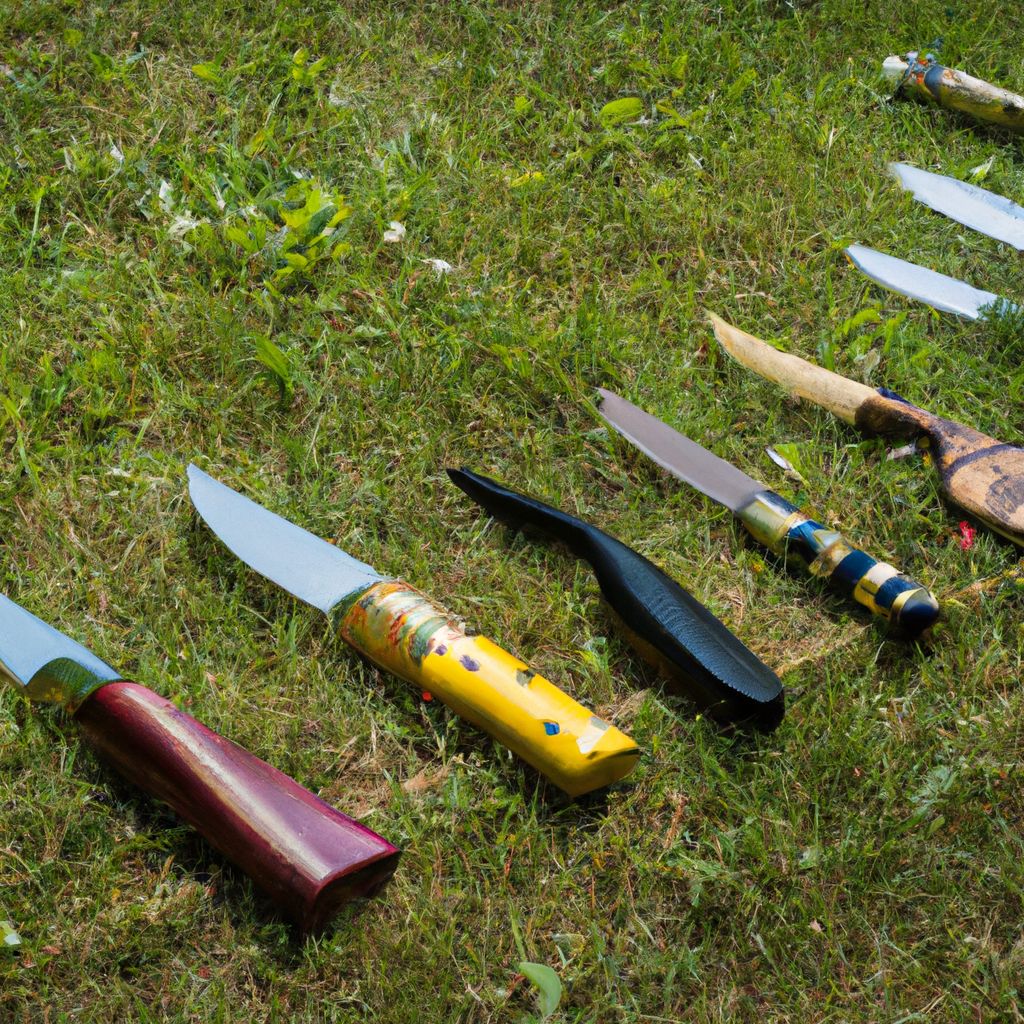
Throwing knives come in a variety of shapes, sizes, and designs, each with their unique features and benefits. However, despite the differences, all throwing knives typically share some common characteristics: they are generally heavier and more balanced than regular knives, and they lack sharp edges to prevent injuries.
Here are some of the most common types of throwing knives:
- 1. Balanced Knives
- These knives have a center of balance in the middle, making them suitable for both handle and blade throwing. Balanced knives are popular among beginners because they offer a predictable and consistent rotation.
- 2. Blade-Heavy Knives
- These knives have more weight in the blade, making them ideal for handle throwing. Blade-heavy knives tend to spin faster and require a shorter distance to the target.
- 3. Handle-Heavy Knives
- These knives have more weight in the handle, which makes them perfect for blade throwing. Handle-heavy knives give a slower rotation and require a longer distance to the target.
Choosing the right knife depends on the thrower's personal preference, throwing style, and the specific requirements of the discipline they are participating in.
There are also various throwing techniques in knife throwing, and each one has its benefits. Some of the most popular techniques include:
- Hammer Grip: This technique is named so because the knife is held similarly to a hammer. It is a versatile grip that works well with most types of throwing knives.
- Pinch Grip: In this technique, the thrower holds the knife by pinching it between the thumb and index finger. This grip offers a lot of control and is particularly useful for short-range throws.
- Fan Grip: This grip involves holding the knife by the handle with all fingers spread out like a fan. It provides a good balance between power and control.
Ultimately, the right technique is the one that feels most comfortable and yields the best results for the thrower.
Safety Measures in Knife Throwing
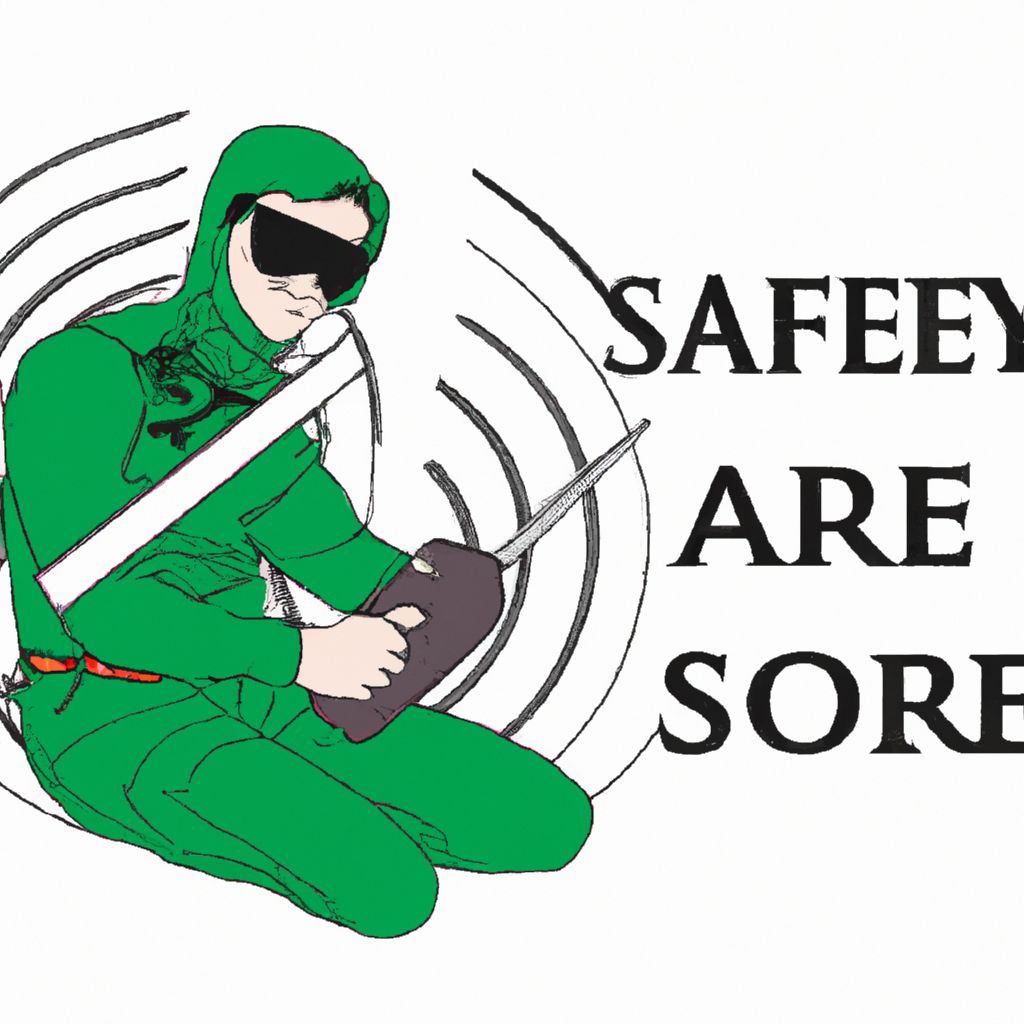
While knife throwing can be an exhilarating sport, it is important to remember that it involves handling potentially dangerous objects. Therefore, adhering to safety guidelines is crucial to prevent accidents and injuries.
The first rule of safety in knife throwing is to always handle knives with care, whether you are throwing them or not. Here are some safety measures related to the handling of throwing knives:
- 1. Always hold the knife by the handle:
- While this may seem obvious, it is an essential rule to remember. Holding a knife by the blade can potentially cause injury.
- 2. Never try to catch a falling knife:
- It's tempting to try to catch a knife that's slipped from your grip, but it's safer to let it fall and pick it up afterwards.
- 3. Keep your throwing knives separate from other tools:
- Throwing knives should be stored separately from other tools to avoid accidental cuts or injuries.
Another important aspect of knife throwing safety involves using appropriate protective gear and throwing areas. Here are some safety measures to consider:
- 1. Use a designated throwing area:
- The throwing area should be clear of people and pets. It should also be free of obstructions that could deflect the knife.
- 2. Wear appropriate protective gear:
- While not always necessary, protective gear such as gloves and eye protection can add an extra layer of safety, especially for beginners.
- 3. Always have a first aid kit nearby:
- Accidents can happen, even with the best precautions. Having a first aid kit readily available is a must.
By following these safety measures, knife throwing can be a safe and enjoyable sport for everyone.
Training and Exercises for Knife Throwing

Training for knife throwing requires dedication, patience, and regular practice. It's not just about strength, but also about precision, timing, and technique. Here are some steps and exercises to help you get started:
Step 1: Understand the Basics
Before you begin, it's important to understand the basics of knife throwing, including the different types of knives and throwing techniques. Research and learn from reliable sources or join a local knife throwing club to gain hands-on experience.
Step 2: Choose Your Knife
Choose a throwing knife that suits your style and comfort. Balanced knives are generally recommended for beginners due to their predictable rotation.
Step 3: Master the Grip and Stance
Start by practicing the grip and stance without actually throwing the knife. This helps build muscle memory and ensures you have the basics right before moving on to the actual throw.
Once you have the basics down, you can start incorporating various exercises into your training routine to improve your accuracy and strength. Here are a few exercises that can help:
- Target Practice: Start by throwing at a large target from a close distance. As your accuracy improves, gradually increase the distance or reduce the size of the target.
- Weight Training: Strength training exercises, such as wrist curls and shoulder presses, can help improve your throwing strength.
- Endurance Training: Throwing a knife requires a burst of power, but endurance is also important, especially in competitions. Cardiovascular exercises, such as running or cycling, can help improve your endurance.
Remember, consistency is key when it comes to knife throwing. Regular practice is the best way to improve your skills and build up your strength and accuracy. Even if you only have a few minutes a day, make the most of them by focusing on your technique and aim.
In conclusion, training for knife throwing is a journey that requires patience, dedication, and consistent effort. But with the right approach and regular practice, you can master this unique and exciting sport.
Common Mistakes and How to Avoid Them

As with any skill, beginners in knife throwing are likely to make some common mistakes. Recognizing these mistakes is the first step towards improving your technique and becoming a proficient knife thrower. Here are some of the most common mistakes and tips on how to avoid them:
- 1. Inconsistent Grip:
- An inconsistent grip can lead to inaccurate throws. To avoid this, always grip the knife the same way each time you throw. Whether you prefer the hammer grip, pinch grip, or fan grip, consistency is key.
- 2. Incorrect Stance:
- Having the wrong stance can affect your balance and throwing power. Practice standing with your dominant foot forward and your body weight evenly distributed. Your feet should be shoulder-width apart for stability.
- 3. Incorrect Release:
- Releasing the knife too early or too late can cause it to over-rotate or under-rotate. Practice releasing the knife when your throwing arm is at the same level as your target. Again, consistency in your release point is crucial.
- 4. Throwing Too Hard:
- Many beginners make the mistake of throwing the knife with too much force. Remember, knife throwing is more about technique and accuracy than strength. Start by throwing gently and gradually increase your power as your technique improves.
- 5. Not Practicing Regularly:
- Knife throwing is a skill that requires regular practice. Make sure to set aside time every week to practice and hone your skills. Even just a few minutes a day can make a big difference.
By being aware of these common mistakes and taking steps to avoid them, you can significantly improve your knife throwing skills and enjoy this sport even more.
Joining a Knife Throwing Community
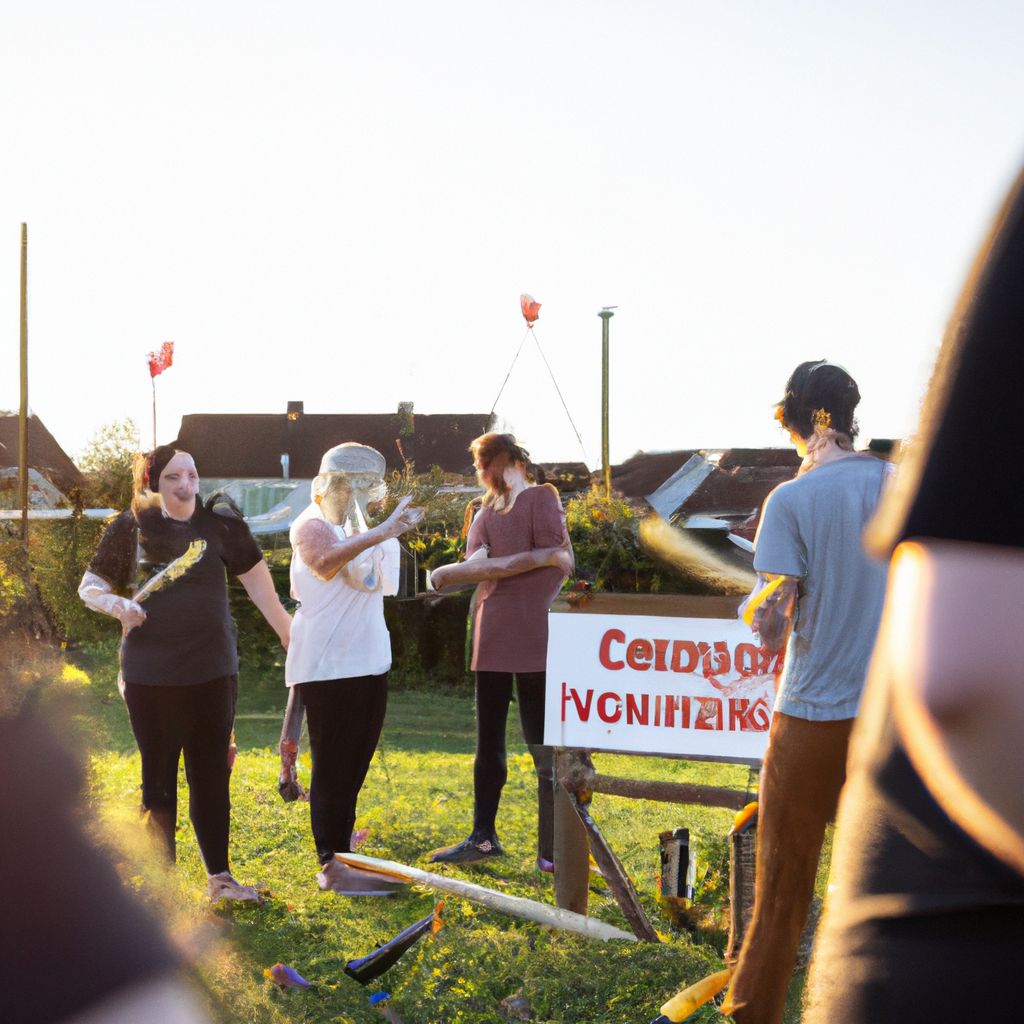
Joining a knife throwing community, whether local or online, can provide numerous benefits for both beginners and experienced throwers. These communities offer a platform for learning, competition, and overall skill improvement. Here's how:
- 1. Learning and Sharing Knowledge:
- These communities are often full of experienced throwers who are willing to share their knowledge and advice. This can be an invaluable resource for beginners who are looking to learn the basics, and for experienced throwers who want to refine their technique.
- 2. Friendly Competition:
- Many knife throwing communities organize competitions, which can be a great opportunity to test your skills under pressure. Competing against others can also push you to improve and learn new techniques.
- 3. Feedback and Improvement:
- Being part of a community gives you the opportunity to receive feedback on your technique, which can be crucial for improvement. Other members can point out mistakes you may not be aware of and give you tips on how to correct them.
- 4. Motivation and Support:
- Perhaps one of the most overlooked benefits of joining a community is the motivation and support it provides. Knife throwing can be a challenging sport, and having a group of like-minded individuals to share your successes and setbacks with can make the journey much more enjoyable.
Whether you choose to join a local club or an online community, being part of a group of enthusiasts can greatly enhance your knife throwing experience. Look for communities that are welcoming, supportive, and aligned with your goals in the sport.
Conclusion: Taking Knife Throwing to the Next Level
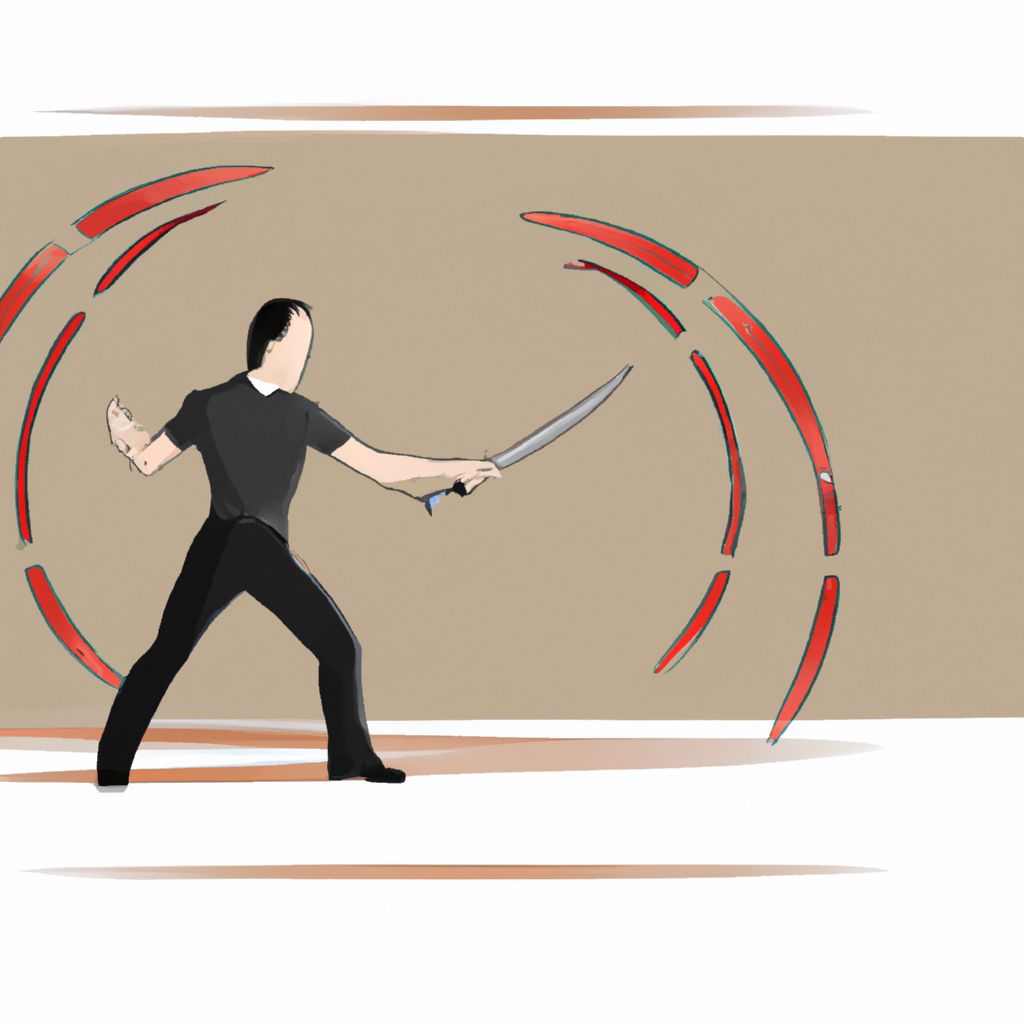
Embarking on a knife throwing journey can be a rewarding and exhilarating experience. From understanding the history and various disciplines of this sport, learning about different types of throwing knives and techniques, to practicing and improving your skills, each step contributes to your growth as a thrower.
Remember, safety should always be your top priority. Practicing in a designated area, using appropriate protective gear, and following the recommended safety measures can ensure a safe and enjoyable experience.
Regular practice and consistency are key to improving your accuracy and strength. Incorporating various exercises into your training routine, such as target practice and strength training, can help take your skills to the next level. Also, being aware of common mistakes and learning how to avoid them can accelerate your progress.
Joining a knife throwing community can be beneficial in many ways. It provides a platform for learning, competition, and overall skill improvement. It also offers motivation and support, making your knife throwing journey more enjoyable.
Finally, don't forget that the journey of knife throwing is just as important as the destination. So, embrace the process, enjoy each throw, and keep striving for improvement. If you want to learn more and take your skills to the next level, consider attending workshops, participating in competitions, or getting a mentor.
May your knife throwing journey be filled with learning, improvement, and lots of fun!






